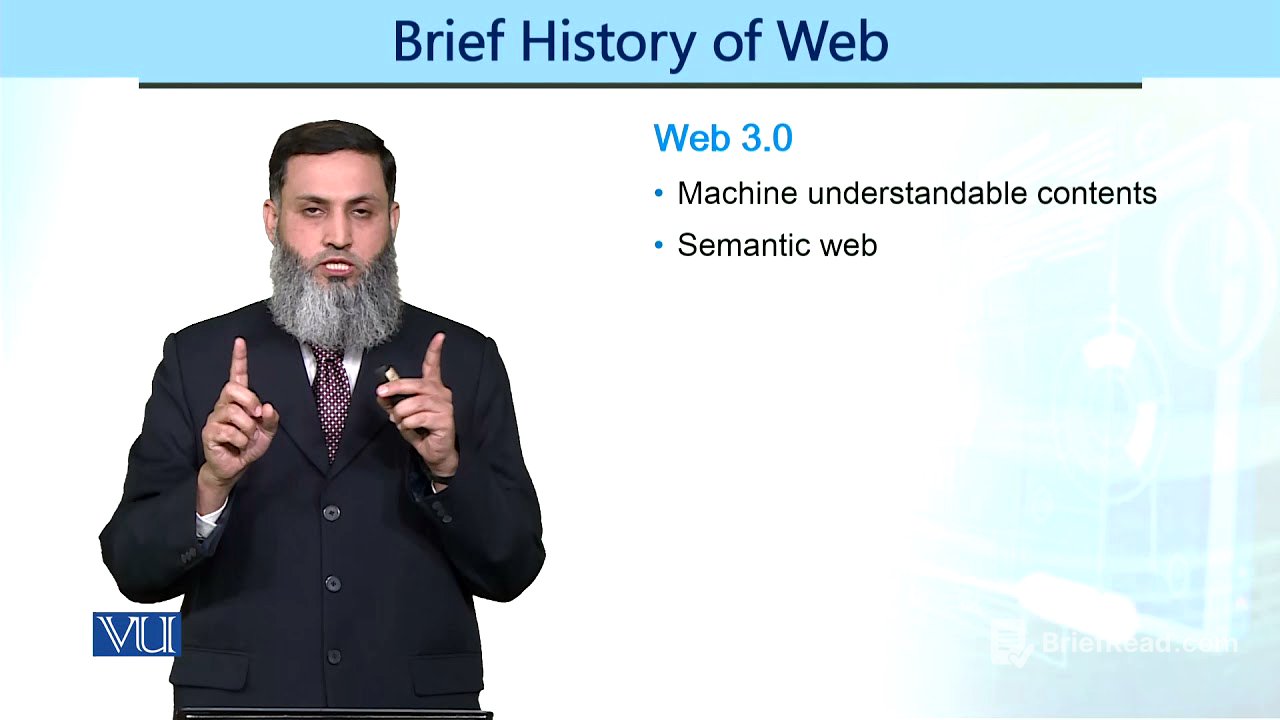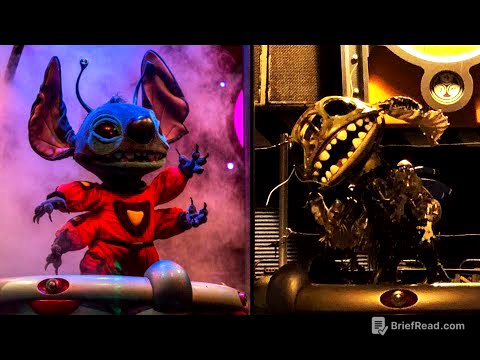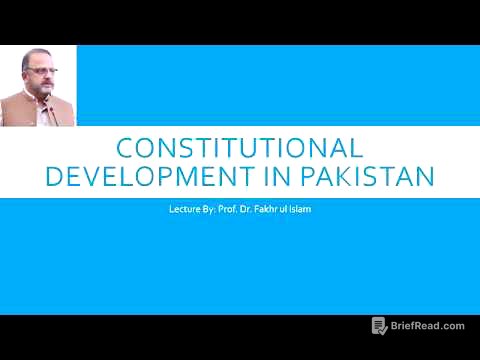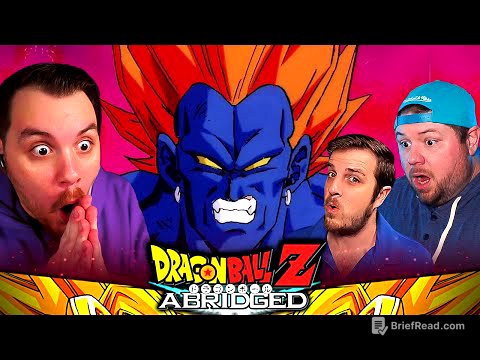TLDR;
This video discusses the evolution of the internet from Web 1.0 to Web 3.0, highlighting the key features and advancements of each stage. It covers the transition from static web pages with simple links to dynamic, user-generated content and, finally, to a semantic web where data is interconnected and context-aware. The importance of user interaction, content sharing, and the shift towards personalized and integrated online experiences are emphasized.
- Web 1.0 focused on static content and simple hyperlinks.
- Web 2.0 introduced user-generated content and social interaction.
- Web 3.0 aims for a semantic web with interconnected and context-aware data.
Introduction to the World Wide Web [0:00]
The video starts by explaining the basic concept of hyperlinks and how they function on websites. It illustrates how clicking on a link, such as a news item on a website, navigates the user to another page or resource. The presenter emphasizes that while the internet has evolved, the fundamental concept of hyperlinks from the early days of the web (Web 1.0) still exists and continues to function alongside newer technologies.
Technical Advancements in Web Development [0:00]
The discussion shifts to the technical advancements that have shaped the evolution of the web. The introduction of dynamic websites is mentioned as a significant step forward. The presenter encourages viewers to subscribe to the channel, indicating the importance of user engagement and interaction, which are key features of Web 2.0.
Web 2.0: User-Generated Content and Social Interaction [0:00]
The video defines Web 2.0 as a phase characterized by a focus on user-generated content. Platforms like YouTube and Twitter are cited as examples of Web 2.0, where users can create, share, and interact with content. The presenter encourages viewers to subscribe and share videos, highlighting the collaborative and interactive nature of Web 2.0.
Transition to Web 3.0: The Semantic Web [0:01]
Moving on to Web 3.0, the video explains that it aims to create a more interconnected and context-aware web. In Web 3.0, data is structured in a way that allows machines to understand the meaning and relationships between different pieces of information. For example, if a webpage contains information about a city, Web 3.0 technologies would enable the web to understand that the content is related to that specific city and its attributes.
Features and Applications of Web 3.0 [0:04]
The presenter describes how Web 3.0 enables a more integrated and personalized online experience. Unlike previous versions of the web, Web 3.0 allows for dynamic updates and interactions based on user context and preferences. The video touches on applications like e-commerce, telemedicine, and online education, where Web 3.0 technologies can enhance user experience by providing relevant and personalized services. For instance, universities are now offering entire degree programs online, showcasing the potential of Web 3.0 in education.








